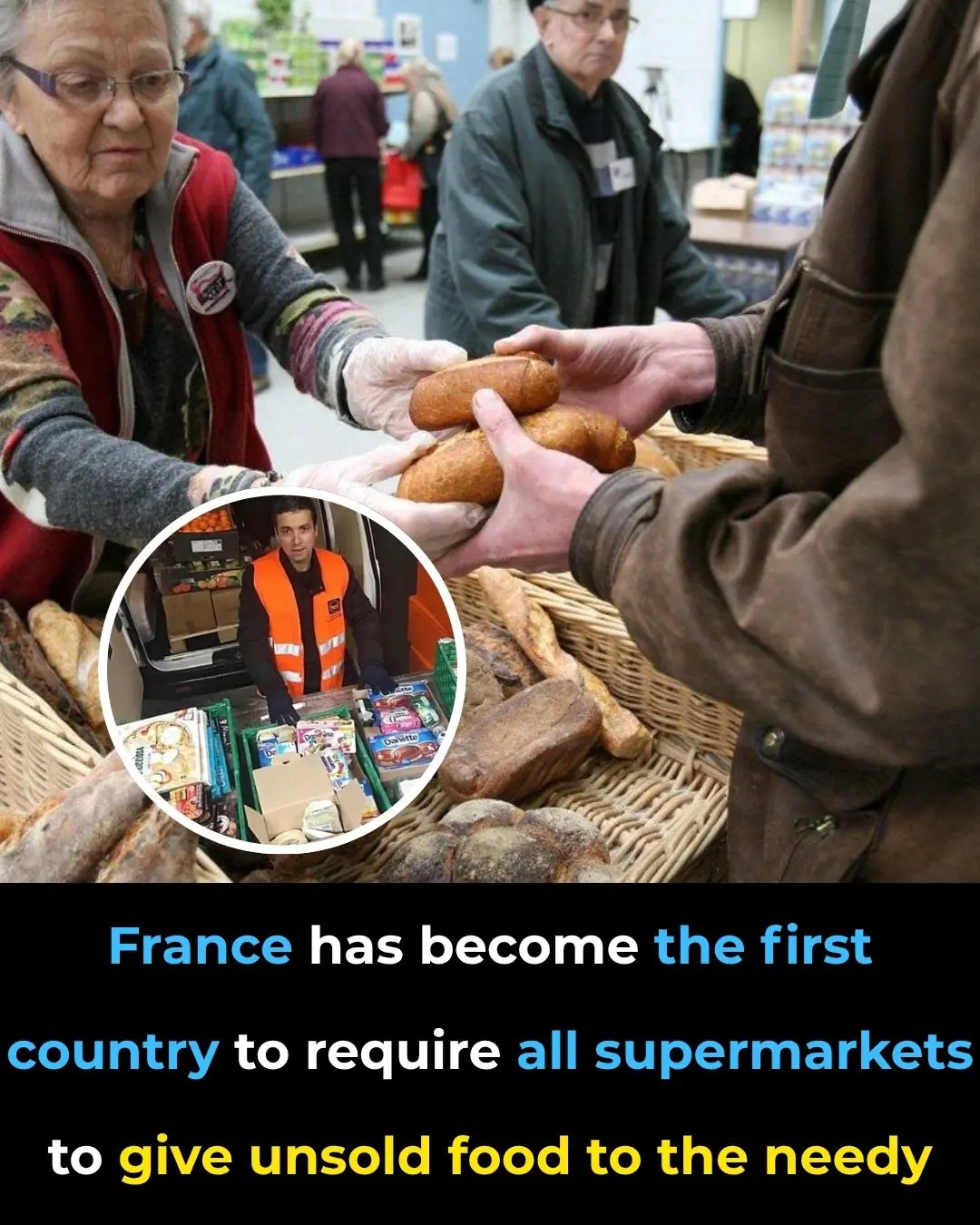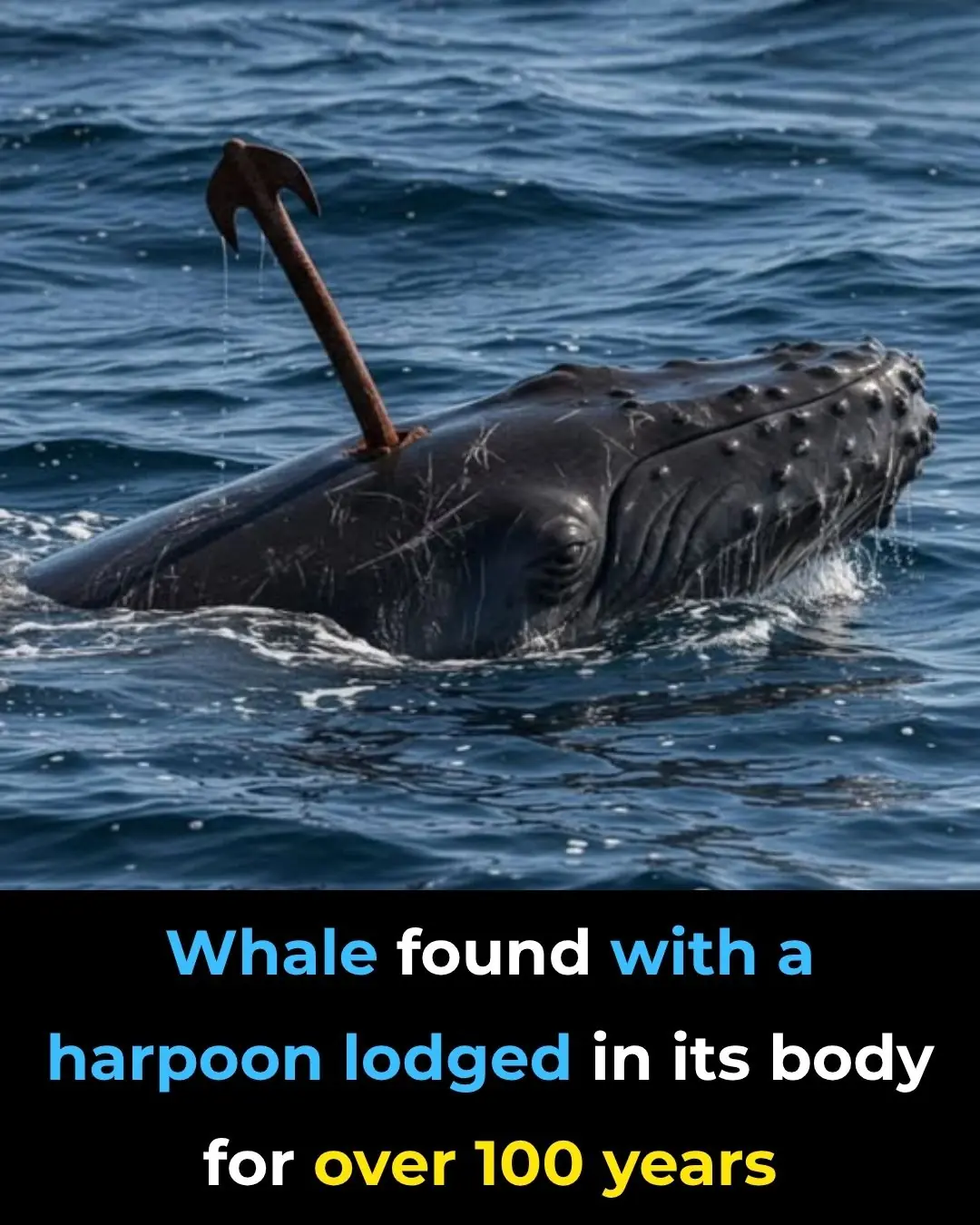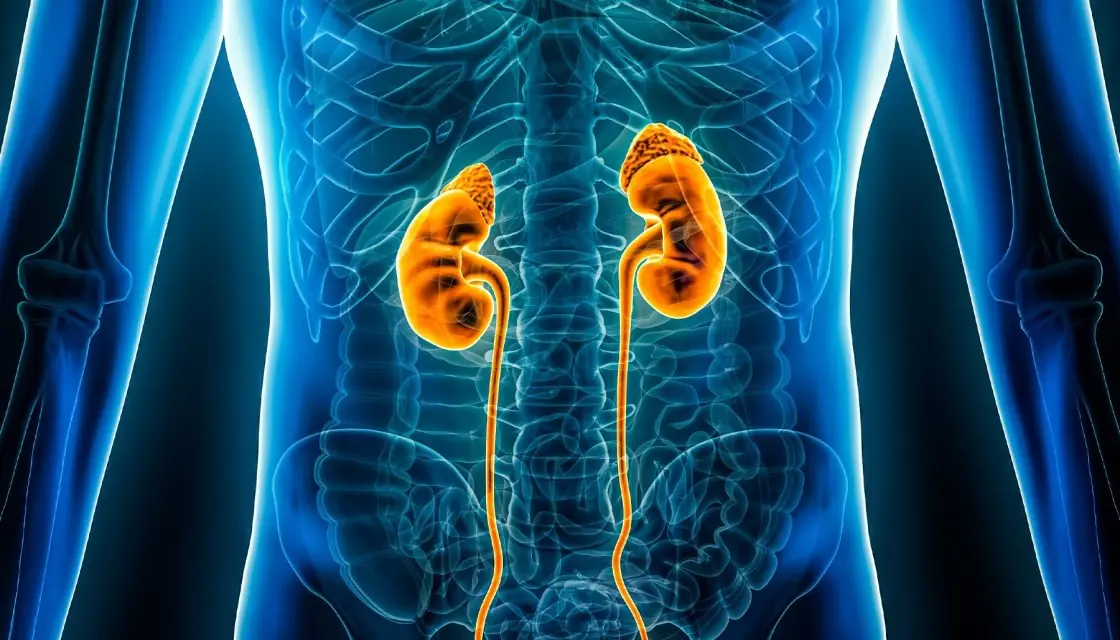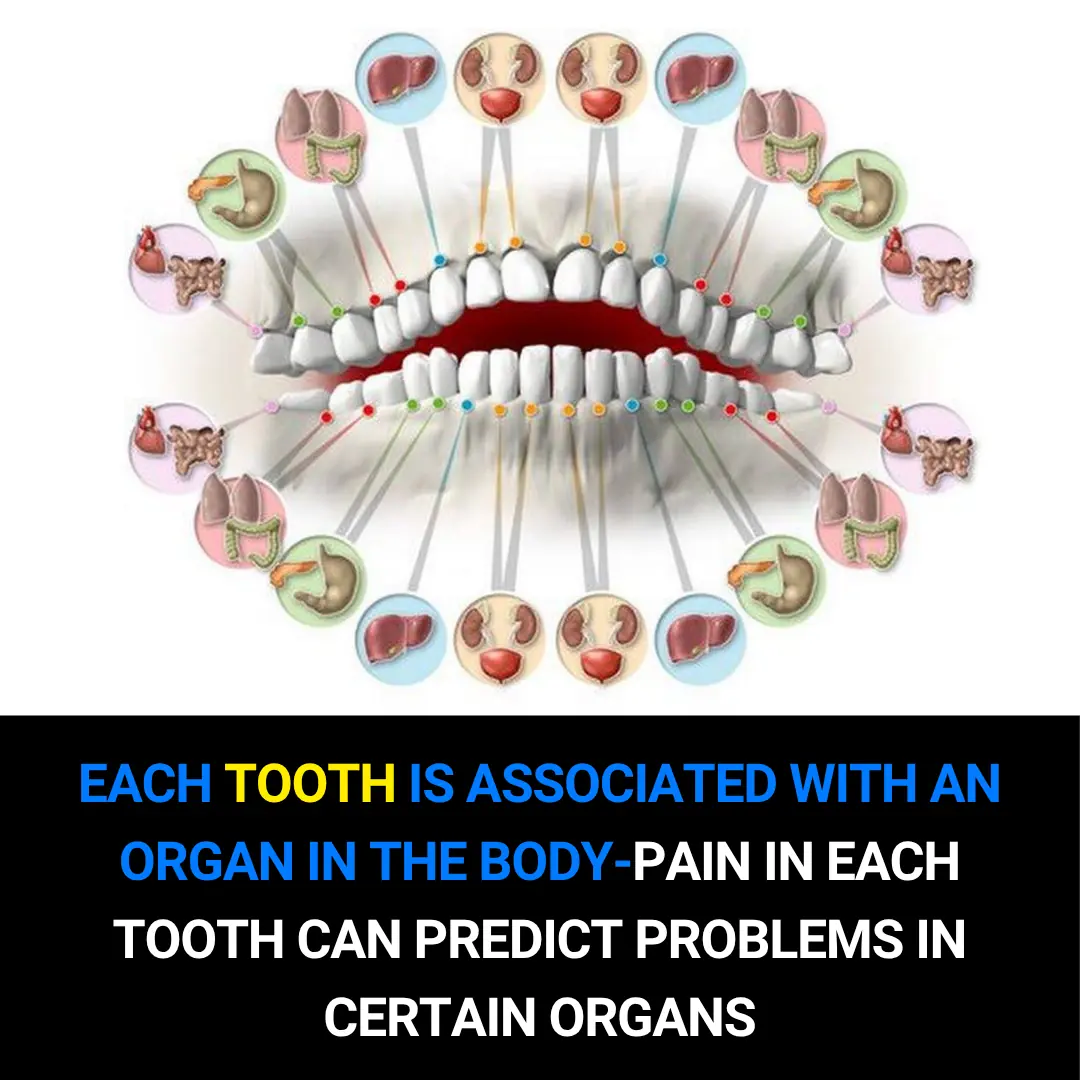
Why There's A Growing Trend Of Straight Men Dating Trans Women
here’s been more visibility lately of straight-identifying men dating trans women — and several social, cultural, and technological forces explain why.
Below I’ll walk through the main reasons (and also the ethical/relationship issues to be aware of)
Why the trend is growing
1. Greater visibility and acceptance of trans people
Over the past decade trans people have become more visible in media, workplaces, and public life.
That visibility reduces stigma and makes it more likely that cis men will meet, befriend, and date trans women.
As social acceptance grows, more people feel safe entering relationships that might once have felt “too risky” publicly.
2. More trans women are living openly and authentically
Medical access, community support, and legal changes in some places mean more trans women are able to present and date in the ways they choose.
That increases the pool of potential partners and normalizes these relationships.
3. Dating apps and niche communities
Online dating makes it easy to meet people you would never encounter in day-to-day life.
Platforms, forums, and apps (including those that foster LGBTQ+ and open-minded communities) connect trans women and cis men directly.
Algorithmic matching and search filters expose people to a wider variety of potential partners.
4. Evolving ideas about masculinity and sexuality
Younger generations are rethinking rigid categories like “man should only date cis women.”
Some men are more comfortable exploring attraction that doesn’t neatly fit old labels.
For many, attraction to a person’s femininity, personality, or chemistry matters more than assigned sex at birth.
5. Curiosity, openness, and sex-positive culture
Sex-positive attitudes and cultural conversations about gender and identity make people more willing to try relationships that would once have been taboo. Curiosity — paired with genuine openness — can draw people to partners they might previously have overlooked.
6. Romantic attraction to femininity — divorced from birth sex
Some straight-identifying men are primarily attracted to feminine presentation and qualities (voice, style, movement, social role). For them, a trans woman’s femininity is what’s attractive; the fact that she’s trans is not an obstacle.
7. Activism, allyship, and intentional dating choices
Some men are motivated by allyship — wanting to support trans people personally and politically.
That can lead to real, loving relationships built on mutual respect rather than “performative” allyship.

Important caveats and relationship realities
1. Don’t confuse trend with universal experience
This isn’t about all straight men or all trans women — it’s a growing subset of relationships, visible in some communities and regions more than others.
2. Beware fetishization
A big problem is fetishization: treating trans people as objects or “kink” rather than full human partners. True, healthy relationships require respect, not a checklist of curiosities. Fetishization is harmful and common, so it’s important to call it out.
3. Safety and social costs still exist
Trans people often face harassment and violence. Dating a trans person can expose both partners to stigma, so emotional maturity, solidarity, and public support matter. Cis partners should be prepared to stand up for their loved one and listen to their needs.
4. Identity and language matter
Many cis men still identify as “straight” while dating trans women; that’s their identity to claim. But it’s important to communicate honestly about labels, expectations, and boundaries with partners, and not weaponize identity to avoid accountability or to fetishize.
5. Power dynamics and consent
As with any relationship, watch for imbalances (age, socioeconomic status, celebrity/fame).
Consent, transparency about sexual health, and mutual respect remain essential.
What healthy dating looks like in these relationships
-
Respect and curiosity, not objectification. Ask about lived experience without treating identity as a novelty.
-
Open communication about boundaries, public vs private life, pronouns, and labels.
-
Support for safety — checking in about places or situations that may feel unsafe.
-
Shared responsibility for education: cis partners should learn (not expect trans partners to educate them constantly).
-
Honesty about intentions — dating for genuine connection, not activism points or “experience.”
Bottom line
The rise in visible relationships between straight-identifying men and trans women reflects broader social change: more visibility, changing norms about gender and attraction, easier ways to meet, and more open attitudes.
That’s positive — as long as these relationships are built on respect, not fetish, and partners are mindful of the real-world risks and responsibilities that come with loving someone who is trans.
News in the same category


Joseph Gordon-Levitt Urges a Global Pause on AI Superintelligence Until Safety Measures Are in Place

The Three Nations Working Together to Protect the Mayan Jungle

The Spiritual Meaning of White Butterflies in Your Home

If You Find A Tick Inside Your Home, Here’s What You Need To Know

Magpie The Spiritual Meaning of an Unusual Encounter

When your dog looks at you for a long time, here's what it means according to experts...

France Bans Supermarkets From Wasting Food, Turns Trash Into Meals for Millions

Trump Gets His Wish as Coca Cola Launches Cane Sugar Version

Why Do We Perceive Faces in Ordinary Objects?

How Your Sleep Position Reveals If You’re Lazy

7 Clever DIY Uses for Used Teabags That Will Make You Think Twice Before Tossing Them

The Whale That Carried History In Its Neck For Over 100 Years

Denver Bans the Sale of Dogs, Cats, and Rabbits, Paving the Way for More Shelter Adoptions

If you rub these 2 points behind your knees, this is the effect on your body

Its true meaning you probably don't know

Steps to Take When Your Adult Children No Longer Show Respect

Never Throw Away These 4 Things at Their Funeral..

DC Woman Wins Landmark Case After Suing Neighbor Over Overpowering Weed Smell
News Post

IF YOUR BODY SHOWS THESE EARLY WARNING SIGNS YOU NEED TO GET YOUR KIDNEY CHECKED FAST

People left 'speechless' after noticing new addition to the White House website

Neuroscientist reveals chilling things he saw while in a coma as he explains what it really feels like

I had no clue about this!

You’re doing it all wrong. Here’s the right way to defrost food

I had no clue about this!

Vertical Nail Ridges? Here’s What Causes Them — and How to Fix It

The Unseen Heroes: A Rescue Dog's Loyalty That Saved My Life

Barrett’s Miracle: A Journey of Faith, Strength, and Prayer

A Farewell to a Friend and His Passion for Music

Top 5 Nutrients to Reduce Swelling in Feet and Legs

A Rare Encounter: The Moment a Mountain Lion Meets a Baby

Stray Cats Bring a Bitcoin Mine to a Standstill — And Melt Hearts in the Process

If you sleep with socks on, see what happens

Each Tooth Is Connected to an Organ in the Body – How Tooth Pain May Reveal Hidden Health Problems

Dominika’s Fight for a Childhood Without Pain

Michalinka’s Fight for Life: A Tiny Body, a Giant Spirit

A Miracle in the Making: Baby Harlan’s Fight for Life
